 |
| NPHS 1510: Federal and International Framework |
| Emergency Decision Making and Risk |
| |
| Certainty |
To investigate decision making under certainty, we are going to use firefighting as an example.
Fires need three elements to ignite and continue burning: fuel, oxygen and heat. These are often represented by the "fire triangle" depicted below. |
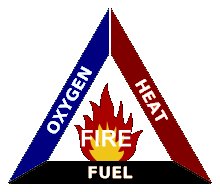 |
| |
In the absence of any one of the elements, a fire will not be sustainable. Fire fighting can simply be thought of as the removal of one or more of these elements.
In addressing the fuel element, we have several strategies. Often, if a fire is contained, we may let the fire burn itself out. In other instances, we may remove the fuel from the site of the fire.
|
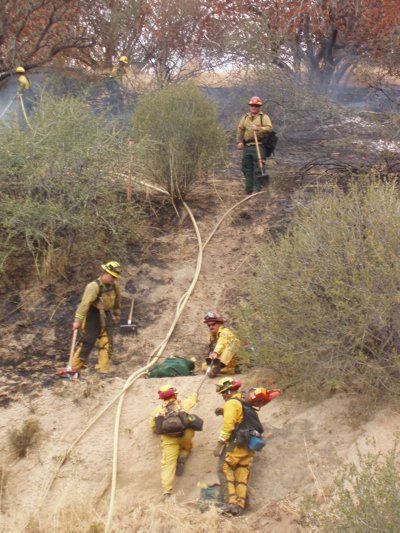 | The image to the left shows firefighters employing the strategy of a fire break in a brush fire. A fire break is an area in the path of a fire where the combustible material has been removed. When the fire reaches that point, it goes out for lack of fuel.
The image to the right shows a fire break that was created in a forest area that might be affected by a fire. By strategically locating fire breaks, emergency managers can mitigate the effects of potential future fires.
| 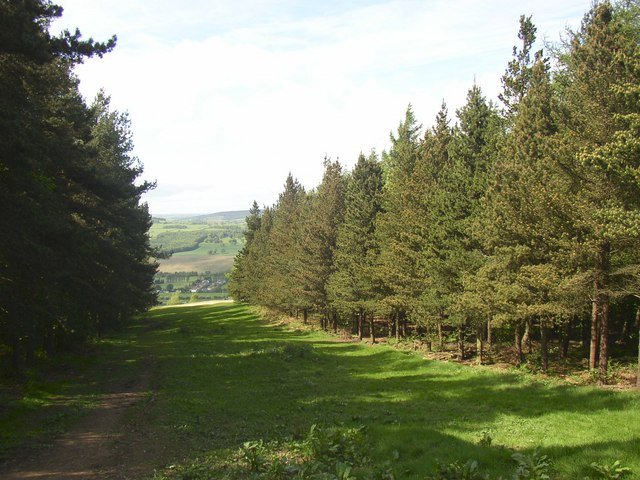 |
|
| |
| Definition |
Mitigation: Activities providing a critical foundation in the effort to reduce the loss of life and property from natural and/or manmade disasters by avoiding or lessening the impact of a disaster and providing value to the public by creating safer communities. Mitigation seeks to fix the cycle of disaster damage, reconstruction, and repeated damage. These activities or actions, in most cases, will have a long-term sustained effect.
Source:
National Response Framework Resource Center |
|
| |
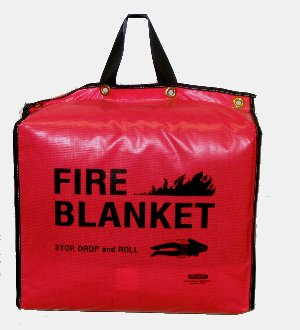 | There are a number of techniques for depriving a fire of its oxygen. One tool for fires involving people and small equipment is the fire blanket. When a person whose clothes are on fire is wrapped in the specially made non-flamable blanket, the fire can no longer sustain itself and it goes out. The image to the left shows a fire blanket package. Fire blankets are typically small and not usable on all types of fires.
Chemicals such as Halon disrupt or suppress the combustive capability of a fire. In addition, these chemicals are relatively safe to humans. While widely in use, Halon has been banned and is being phased out due to its deleterious effect on the ozone kayer.
|
|
| |
| Most fire treatment strategies operate on the heat and oxygen elements of the fire triangle. They involve applying some compound to the fire either in bulk for large fires or by using fire extinguishers for small fires. Fire extinguishers are pre-packaged (usually in a pressurized bottle) chemicals designed to be used on certain types or classes of fires. They may be small and portable or contained in a stationary system for use in a room or building. |
| |
Fire Extinguisher Classifications:
Class A: used on fires involving ordinary combustibles, such as wood, cloth, and paper.
Class B: used on fires involving liquids, greases, and gases.
Class C: used on fires involving energized electrical equipment.
Class D: used on fires involving metals such as magnesium, titanium, zirconium, sodium, and potassium.
Class K: used on kitchen fires involving oils and fats.
Note: Some fire extinguishers have multiple classifications. For example BC and ABC extinguishers are common. Always consider the nature of the fire and read the extinguisher label before using it.
|  |
|
| |
|
The table below shows some of the types of compounds that are typically used to fight various classes of fires. |
| |
| Compound | A | B | C | D | K |
| Water | * | | | | |
| Carbon Dioxide - CO2 | | * | * | | |
Dry Chemical - sodium bicarbonate or
potassium bicarbonate | | * | * | | |
| Dry Chemical - monoammonium phosphate | * | * | * | | |
| Dry Chemical - potassium bicarbonate | | | | | * |
| Dry Chemical - copper based dry powder | | | | * | |
| Dry Chemical - sodium chloride | | | | * | |
|
| |
|
Note: Class D extinguishers are selected specifically for the fires they are treating. Sodium chloride extinguisher are effective at combating sodium, potassium, uranium, magnesium and aluminum fires.
|
| |
|
Large fires are typically treated with bulk compounds. Most large fires are Class A fires. This is evidenced by the fact that the predominant equipment on a typical fire engine is water specific in addition to the prevalence of fire hydrants. |
| |
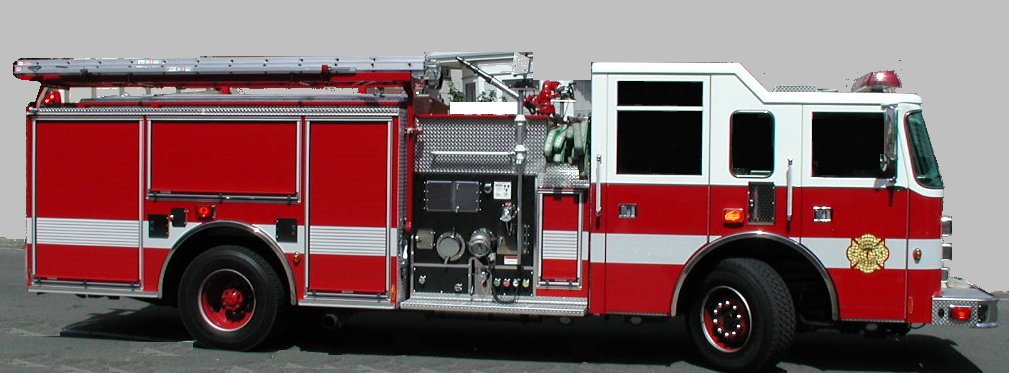 |
| |
| In other specific situations, fire engines and other firefighting equipment are tailored to specific fire fighting needs. A fire engine at an airport, for example, would be designed to apply foam to fires. |
| |
We can model fire fighting decision situations under certainty as sets of rules of the type:
IF Condition AND Condition And . . . THEN Action, Action, ...
For example:
IF the fire is electrical AND the fire is small THEN use a Classs C fire extinguisher.
We could rather easily identify rules that cover all situations and types of fires. We call this this rule set collectively exhaustive. We might have some situations where 2 rules would apply, i.e. they are not mutually exclusive. We might also develop a rule, a default rule, that can be used in the absence of information. Decision making under certainty is simply a task of identifying the existing conditions and applying the appropriate rule(s).
|
Rules and rule systems have several advantages for decision making in an emergency:
- We can make decisions more quickly.
- We can develop rules a priori for all kind of situations.
- Rules are easy to teach.
- We can test the efficacy of rules.
|
| |
| Exercise |
Develop a rule set for dealing with a hazardous materials spill. Consider the toxicity, volatility, persistence and other factors. Take into account threars to life, property and the environment. |
|
| |
|
|
|
|
|
|
| Copyright © 2011 Ken Sochats |










